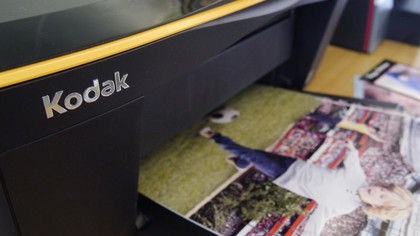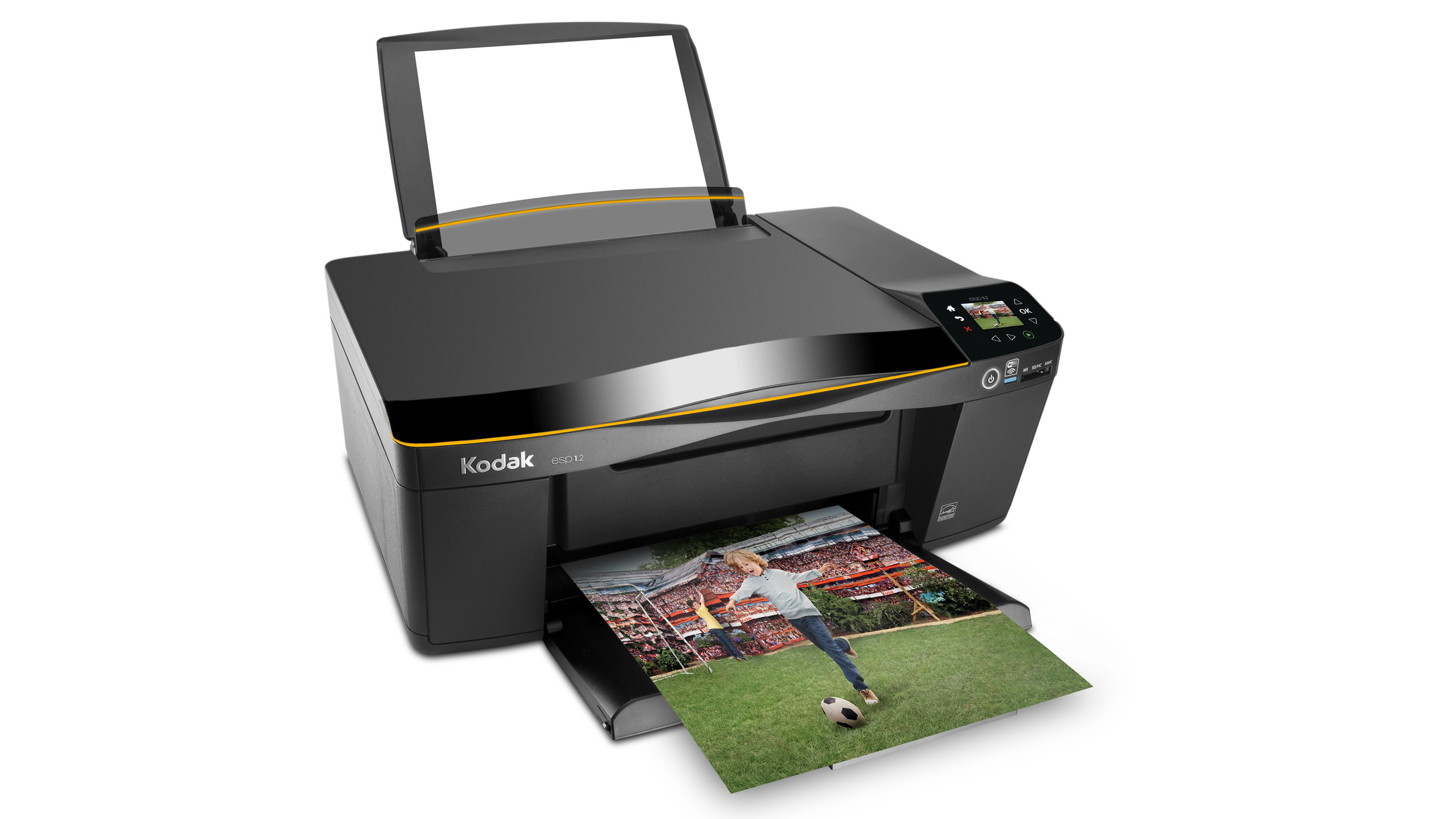Why you can trust TechRadar
Like the Kodak ESP 3.2, photo prints from the all-in-one Kodak ESP 1.2 are good quality. Our test shots using the best 4 x 6 glossy photo paper had good levels of saturation, and contrast levels were better than our A4 prints made with Kodak Gloss Photo Paper.
There's plenty of shadow detail visible in photos, but this can come at the expense of highlight texture. As with the Kodak ESP 3.2 test chart, the brightest values on a greyscale wedge we output on the Kodak ESP 1.2 were indistinguishable.
The rest of the test charts exhibited similar strengths and weaknesses as the Kodak ESP 3.2. They showed good, neutral colouration, slight banding and mottling in transitions and decent levels of detail.

Photo scans exhibit some noise in shadow areas and can lose highlight information, while colour document photocopies benefit from selecting the Best Quality option for finer detail reproduction and more accurate colours. Unsurprisingly, plain paper text prints also look cleaner using this option.
Printing and scanning times
When it comes to scanning, the Kodak ESP 1.2 is efficient. We noted a time of 17 seconds for a colour document scanned to a computer via USB 2.0. A colour photocopy of the same document, using the printer's best quality setting, was output in approximately one minute.

A standard six-page text document took 1min 18secs to print, and we clocked a single text page at 16 seconds from the paper being ingested to the finished page appearing in the output tray.
Kodak's quoted print speed of 38 seconds for a 4 x 6 borderless photo print proved accurate during our Kodak ESP 1.2 test, as with the Kodak ESP 3.2. We averaged between 38 and 40 seconds for fairly dense images on Kodak Ultra Premium Photo Paper.
